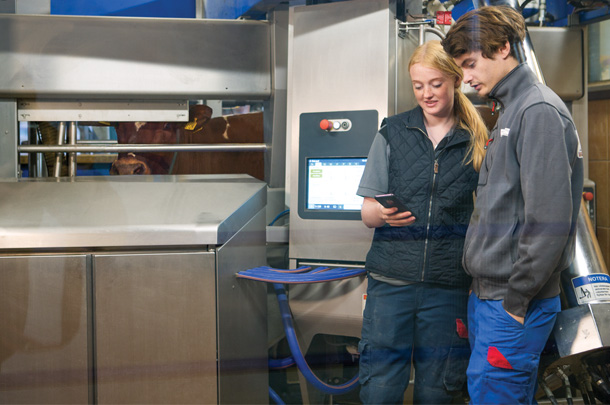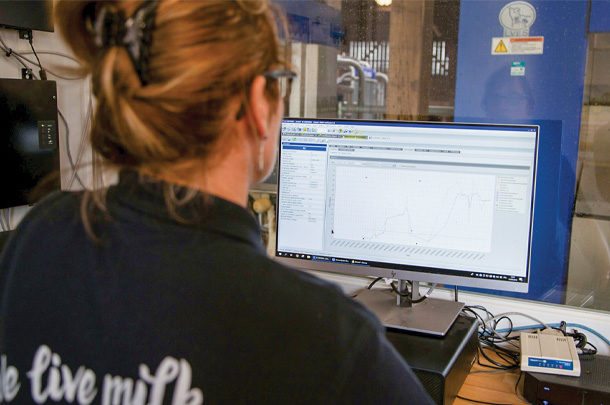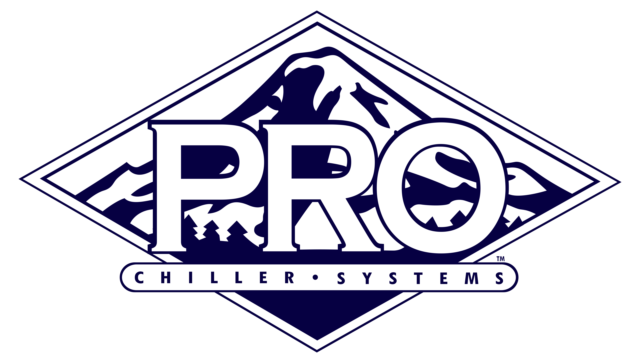After weeks, months and sometimes years of planning, it is here; you are ready to send cows through the robotic milking system.
Expectations, as well as tensions, are usually high during startup week, but with proper preparation, you can address issues quickly and maintain your momentum.
To help set yourself and your animals up for success during the early days in the robot barn, here is a checklist to help keep you on track:
1. Prepare and share a schedule for startup week. Make sure everyone working in the barn that week knows his or her role and tasks. Plan to have calm people in the barn and enough staff to ensure that everyone has time to rest.
2. Use gates to funnel cows to where they need to go. Place a gate at each robot entry or enable smart selection gates to help guide the cows. This will help you maneuver the most difficult cattle – the nervous heifer or the bully cow – that only wants to go where she decides. Using gates will also help you reduce the physical effort of guiding cows.
3. Assign point people for herd management and robots. The week of startup, make sure that for every shift, someone manages herd management and another manages the robots. On smaller farms, this can be the same person, but it is important to communicate this in advance to all involved.
4. Start with 40 to 50 cows per robot. This allows for six milkings per cow in the first 48 hours, and it will give the technical team time to deal with any issues as they arise. For farms with high-milk-production-per-cow goals, focus on getting the cows flowing and visiting the robot first before adding more cows.
5. Create a strategy for adding cows to the robot during startup. Work with your robotic adviser on a strategy to add cows while still in startup phase at a rate that keeps the group flowing and allows you to work toward your goals. In my experience with robotic startups, it works well to start with 40 to 50 cows per robot and then gradually grow that number. Anything above 50 cows on the day of startup and you will be dealing with herd behavior and more fetch cows, resulting in just as much – or more – time getting the cows flowing. You may want to consider leaving your old parlor running for a few months after startup to accommodate cows with late lactations, poor udders or low production. These cows can stay behind, and the new barn will grow in numbers as fresh cows calve out. Of course, you will want to discuss this with your advisers early in the process of preparing for startup.
6. Optional: Acclimate cows to the robots with feed-only strategy. This process, which can contribute to a smooth startup, encourages cows to visit the robot to eat a small ration – and nothing more. Experience shows that cows who had the opportunity to familiarize themselves with the machine one or two weeks prior to startup are motivated to visit the robot when it is time to start milking. Feed-only is best suited with retrofit facilities.
Post-startup reality
 Expectations, as well as tensions, are usually high during startup week, but with proper preparation, you can address issues quickly and maintain your momentum. Photo courtesy of DeLaval.
Expectations, as well as tensions, are usually high during startup week, but with proper preparation, you can address issues quickly and maintain your momentum. Photo courtesy of DeLaval.
Many people want to know what it will be like after startup, and this depends on preparation and expectations.
The more you prepare, the better you can adapt to working with your new technology. The technical team will have their checklist in place and machine testing done; this process reduces issues post-startup. When the equipment works well, you have time to focus on the transition. Change is easy, but altering your daily routines and adjusting to new software and touch screens takes time.
To assist with the team’s transition, I advise farmers to have clear and concise standard operating procedures (SOPs) and make them available to everyone involved with their move to robotic milking. Possible SOPs include a new way of finding cows that need your attention; carrying out synchronization protocols or using new monitoring equipment for reproduction; daily routines in the barn for cows and for the equipment (i.e., robots, scrapers, curtains, ventilation system); stall and robot cleanliness; and management of feed. Many of the robotic companies and dealerships have default SOPs available; these can be changed to reflect the needs of the farm.
After startup, your expectations for milk or butterfat per cow or per robot may increase – but so should your efforts. Cows flowing to the robots is half of the challenge; the next task is getting them to deliver the milk you want. High production expectations require the right cows, eating the right feed, managed by the right people. Sometimes the people are slow to transition to their new roles and responsibilities. Old habits and ways of managing in the parlor may need to stay in the parlor, as should cows that are not ideal for robotic milking. Review with your advisers the cows that are holding you back from meeting your expectations. These may include cows with low milk flow, poor attitudes, bad teat and udder conformation, or cows that are too submissive for a robotic barn.
Lastly, remember to give yourself a break from time to time. Most producers admit that the first three days of startup are the highest-energy and most tiring. By three months, they are getting into the groove and, after one year, they feel they are well on their way. Time after time, I see producers who are committed to working through the transition, doing the small things right and reaching the goals they set out to achieve when making the change to robotic milking.








